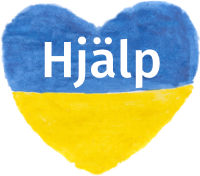Osijek (Croatian pronunciation: [ˈɔsjɛk]) is the fourth largest city in Croatia with a population of 114,616 in 2001.[1] It is the largest city and the economic and cultural centre of the eastern Croatian region of Slavonia, as well as the administrative centre of Osijek-Baranja county. Osijek is located on the right bank of the river Drava, 25 kilometres (16 mi) upstream of its confluence with the Danube, at an elevation of 94 metres (308 ft).
Tourism, Sights and Attractions
Osijek remains a popular domestic tourist destination for its Baroque style, open spaces and ample recreational opportunities. The most important sights in the city include the main square, Trg Ante Starčevića, Tvrđa the 18th century Baroque citadel, the promenade along the Drava ("promenada"), and the suspension pedestrian bridge toward Baranja.
The Municipal Park of King Petar Krešimir IV and the Tomislav Park date from the beginning of the 20th century, and are protected national landmarks. Osijek is also home to one of the few Croatian zoological gardens, along the Drava river. The city is home to a monument to Ante Starčević.
The Church of St. Peter and Paul (Sv Petar I Pavao) is a Neo-Gothic structure with the second highest tower in Croatia after the Zagreb Cathedral. The tower measure 90 m (295.28 ft) and can be seen from throughout Osijek. Because of its size most locals refer to it as the cathedral but it is only a parish church. The Church of St Peter and St Paul was designed by Franz Langenberg and contains 40 stained glass windows, although they are not all intact after the bombing in the 1990s. The church also contains sculptures by Eduard Hauser.
Plats: Osijek, Kroatien
Bilden tagen: 12 september 2006
